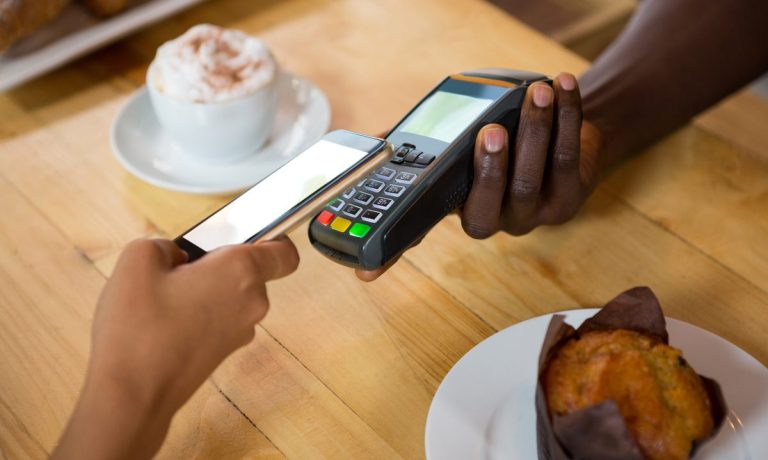
Consumer spending — the driving force in the U.S. economy — was up in July, but at 0.3 percent, just a fraction of last month’s increase of 1.1 percent, the Bureau of Economic Analysis (BEA) said in its monthly report on Friday (Aug. 27).
Personal income increased 1.1 percent to $225.9 billion, but the rise in new COVID-19 cases due to the delta variant, along with other issues, has dampened the flow of goods and the ability of some firms to serve consumers. Inflation is also quickly escalating at its quickest rate in 30 years, according to multiple media reports.
See also: Supply Chain Woes Crippling US Food Sector
The personal consumption expenditures (PCE) price index for July is up 4.2 percent from the same time last year, reflecting a boost in both goods and services. At the same time, energy prices increased 23.6 percent and food prices increased 2.4 percent. Excluding food and energy, the PCE price index for July increased 3.6 percent over 2020, the BEA said.
Disposable personal income (DPI) in July rose 1.1 percent to $198 billion, while PCE increased 0.3 percent to $42.2 billion, reflecting an increase of $102.6 billion in spending on services and a drop of $60.4 billion in spending on goods, per a press release.
See also: Visa Index Shows Hot July Discretionary Consumer Spending
Spend on services was led by food services and accommodations, but was up across all categories. The drop in spending on goods was also spread across all categories, led by motor vehicles and parts, recreational goods and vehicles, and clothing and footwear. Some decreases were offset by spending boosts in gas and energy.
See also: Fast-Casual And QSR Chains Vie For Off-Premises Spending In Post-Pandemic Future
Personal outlays increased $45.4 billion in July, according to the BEA, while personal savings were $1.72 trillion in July. The personal savings rate — the percentage of disposable income that people save — was 9.6 percent, up from 8.8 percent last month, according to the BEA.